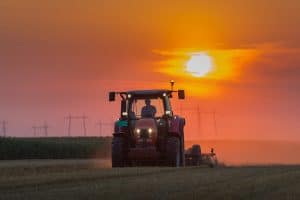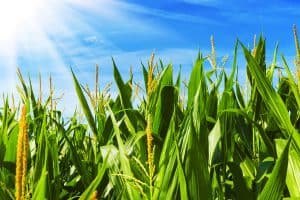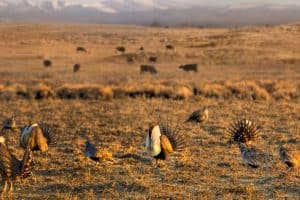 You may have heard something about BCAP (pronounced, bee-cap). BCAP stands for Biomass Crop Assistance Program.
You may have heard something about BCAP (pronounced, bee-cap). BCAP stands for Biomass Crop Assistance Program.
It’s a relatively new USDA effort that can provide funding to owners of farms and timberland for certain types of biomass materials. These need to be sold to certain types of “qualified biomass conversion facilities” for the production of heat, power, bio-based products and advanced bio-fuels. Landowners would get a matching payment — as much as $45/dry ton — to subsidize the cost of collecting, harvesting, storing and transporting low-value biomass to such facilities. The subsidy can continue for up to two years.
BCAP is also supposed to fund up to 75 percent of the cost of establishing eligible woody and non-woody perennial crops in specified project areas, along with annual production payments for up to 15 years. (Proposed BCAP rules)
Apart from the small amount of matching payments that has already been activated, the BCAP program is on hold until August, 2010, or later, pending Congressional review of the final guidelines.
The BCAP roll out created a fair amount of controversy. Sawdust and chips that had been going to existing manufacturers and processors were being redirected to “qualified,” and sometimes subsidized, plants. The cost of certain raw materials to existing facilities was rising as a result. Qualified biomass plants numbered only a few dozen, and questions about what was an eligible material were raised. A friend of mine was nearly apoplectic at the idea that his tax dollars were being used to subsidize a plant that was exporting pellets to Europe. A good, recent overview – “Biomass Markets—Friend or Foe: How will New Biomass Subsidies Impact the Market?”.
The public feedback USDA received on the proposed rules resulted in a modification that requires that wood waste and residues used for biomass be limited to those that would not otherwise be used for a higher-value product. This protects existing end-use products (like particleboard, and plywood) that use sawdust and wastes.
From the perspective of a small timberland owner, the final BCAP rules might actually do some of us some good. In the hardwood forests that I know best, two types of woody biomass are routinely underutilized or undervalued: slash (tree tops) left on the ground from logging and low-value species that are not worth cutting for pulp. Timber Stand Improvement (TSI) cutting could remove these low-value species and, hopefully, generate income for landowners as BCAP feedstock.
On my own lands in the past, I have told loggers to simply drop these low-value species to improve the resource-uptake of the high-value species left in place for the next harvest. I have seen loggers refuse to cut and haul low-value hardwoods to a pulpwood yard six miles from the logging site because it wasn’t worth their while to do so.
To make BCAP feasible for landowners, qualified BCAP facilities would need to be reasonably close to the logging sites. Processors who would “alter” the raw product for use in these facilities would also need to be available.
Disposal of fly ash and boiler ash from a biomass facility can present environmental issues inasmuch as both (but particularly fly ash) can be contaminated with cadmium, copper, chromium lead, arsenic, aluminum, zinc and barium. Combustion methods and tree species determine the concentration of these elements in each type of waste product.
Private timberland owners would benefit from BCAP rules that encourage using slash and low-value species culled for TSI purposes in small, decentralized biomass facilities, say, one to a county. The technology for burning wood to make either process heat or steam for power generation is well-known. Focus on many small facilities, rather than a handful of very large ones, would spread this program’s benefits and not concentrate harvesting pressure on a handful of timber resources.
I am always hopeful, but rarely optimistic.
This content may not be used or reproduced in any manner whatsoever, in part or in whole, without written permission of LANDTHINK. Use of this content without permission is a violation of federal copyright law. The articles, posts, comments, opinions and information provided by LANDTHINK are for informational and research purposes only and DOES NOT substitute or coincide with the advice of an attorney, accountant, real estate broker or any other licensed real estate professional. LANDTHINK strongly advises visitors and readers to seek their own professional guidance and advice related to buying, investing in or selling real estate.









2 Comments